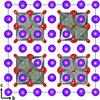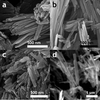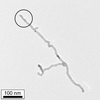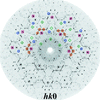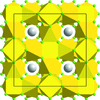issue contents
December 2015 issue
Special issue on Energy Materials
Guest Editors: Karena W. Chapman, Simon Parsons and Richard I. Walton

Cover illustration: The packing arrangement of the zeolitic imidazolate framework ZIF-8 under ambient pressure conditions. ZnN4 tetrahedra are represented as solid green polyhedra. Colour key: C, black; H, grey [see McKellar & Moggach (2015). Acta Cryst. B71, 587-607]. We would like to thank both Mr Jorge Sotelo and Dr Alexander J. Graham for help in constructing the illustration.
editorial

scientific commentaries

feature articles

energy materials
 access
access

 access
access





 access
access

 access
access

scientific commentaries

research papers












 journal menu
journal menu





















